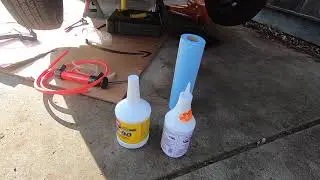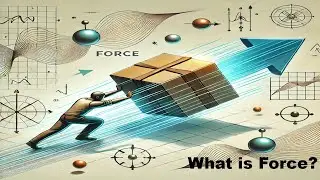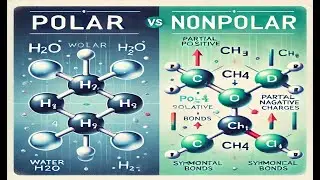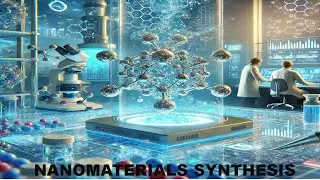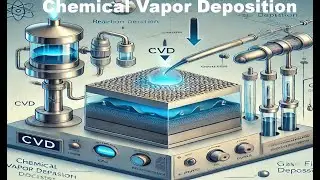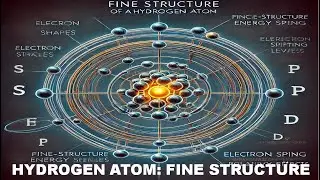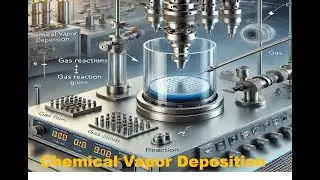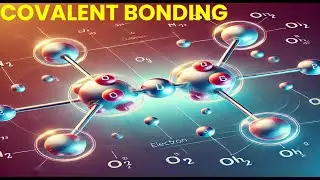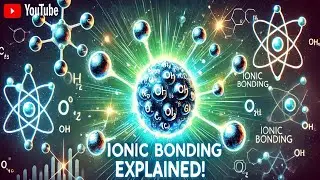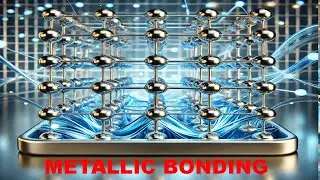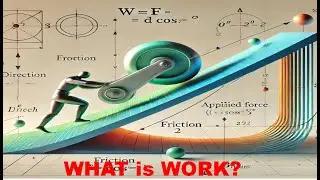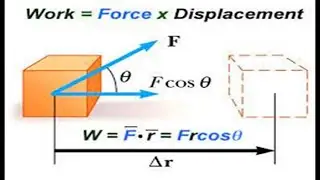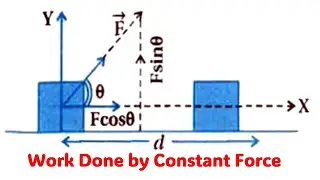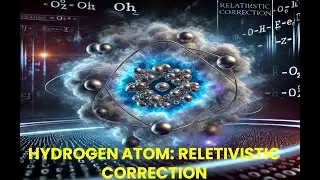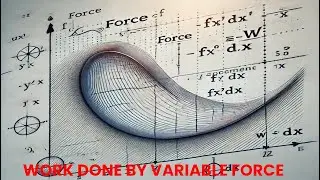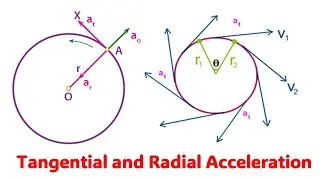Types of Chemical Vapor Deposition (CVD)
@PhysicsMaterialsScienceandNano
Chemical Vapor Deposition (CVD) is a versatile technique used in various industries for thin-film deposition and material synthesis. There are several types of CVD methods, each tailored for specific applications and materials. Here are some common types of chemical vapor deposition:
1. **Low Pressure Chemical Vapor Deposition (LPCVD)**:
LPCVD operates at reduced pressures compared to atmospheric pressure, typically in the range of 1 to 100 Torr.
It is often used for depositing materials like silicon dioxide (SiO2), silicon nitride (Si3N4), and polysilicon in semiconductor manufacturing.
2. **Atmospheric Pressure Chemical Vapor Deposition (APCVD)**:
APCVD operates at or near atmospheric pressure (about 760 Torr).
It is used for depositing thin films of oxides, nitrides, and other materials on large-area substrates, such as glass for architectural coatings and displays.
3. **Plasma-Enhanced Chemical Vapor Deposition (PECVD)**:
PECVD uses plasma to enhance the chemical reactions involved in the deposition process.
Plasma activation allows deposition at lower temperatures and can improve film quality and adherence.
It is commonly used for thin-film deposition in microelectronics, solar cells, and optical coatings.
4. **Metalorganic Chemical Vapor Deposition (MOCVD)**:
MOCVD utilizes metalorganic precursors, which are volatile organometallic compounds, as the source materials.
It is extensively used for depositing compound semiconductors like gallium nitride (GaN), indium phosphide (InP), and other III-V materials used in optoelectronics and LEDs.
5. **Atomic Layer Deposition (ALD)**:
ALD is a variant of CVD where precursors are introduced sequentially in a self-limiting manner.
It enables precise control over film thickness and composition, making it suitable for applications requiring high uniformity and conformality, such as nanotechnology and advanced thin-film coatings.
6. **Hydride Vapor Phase Epitaxy (HVPE)**:
HVPE is a CVD technique used primarily for growing compound semiconductor crystals.
It involves the reaction of metal chloride vapors with hydrides in a high-temperature environment to produce thin films and crystals of materials like gallium arsenide (GaAs) and related compounds.
These methods of CVD vary in their operating conditions, applications, and the types of materials they can deposit, catering to diverse needs in industries ranging from electronics and optics to energy and materials science.
types of chemical vapor deposition,
types of chemical vapour deposition,
chemical vapor deposition method,
chemical vapor deposition,
chemical vapor deposition machine,
chemical vapour deposition method,
what is chemical vapor deposition,
chemical vapor deposition diy,
cvd chemical vapor deposition,
what is chemical vapour deposition,
chemical vapor deposition process,
what is chemical vapor deposition process





